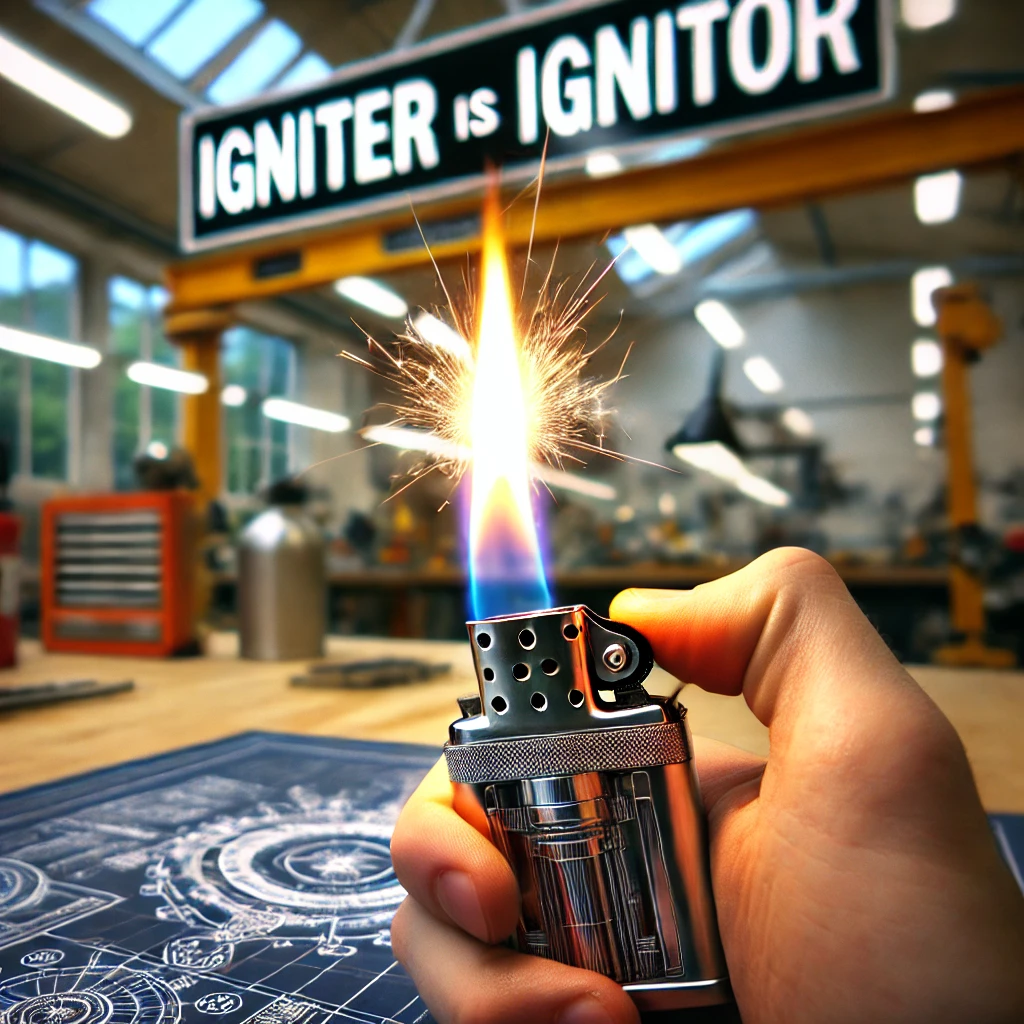Introduction
If you’ve ever come across the terms igniter and ignitor, you might wonder which one is correct. The truth is, both spellings exist, but their usage varies based on regional preference, industry standards, and historical development.
This article explores the differences, preferred usage in technical manuals and product descriptions, and how each term appears in modern texts versus historical contexts. Whether you’re writing about firestarter tools or combustion devices, understanding these spelling preferences can help ensure accuracy.
Understanding the Terms: Igniter vs. Ignitor
An ignition device plays a crucial role in initiating combustion. Both “igniter” and “ignitor” refer to the same type of device, but spelling preferences have evolved over time.
Definitions:
- Igniter: The more common spelling in American English and technical industries.
- Ignitor: A less common variant, but still found in certain historical contexts and product descriptions.
Despite their spelling differences, both words describe a device that initiates combustion, such as a spark generator in engines, furnaces, and even household appliances.
Read More About This Article: The Past Tense of Cost – Is It Cost or Costed?
Regional Preferences: American vs. British English
Which One is Preferred?
- In American English, “igniter” is the widely used and preferred spelling.
- In British English, “ignitor” occasionally appears, though “igniter” remains the dominant choice in technical documents and modern literature.
Historical Development
- Early instructional guides and user manuals in the United States often used “ignitor.”
- Over time, “igniter” gained prominence, especially in engineering and scientific publications.
The shift to “igniter” in contemporary writings aligns with broader trends in orthographic preferences, where words ending in “-er” are favored in US English.
Usage in Technical Manuals and Product Descriptions
Industry standards dictate consistent terminology in technical documents and operation manuals.
| Industry | Preferred Spelling |
|---|---|
| Aerospace & Aviation | Igniter |
| Automotive Engineering | Igniter |
| Manufacturing | Igniter |
| Historical Documents | Ignitor |
| Consumer Products | Igniter |
Case Study: Aviation & Aerospace
Boeing and NASA primarily use “igniter” in technical manuals, confirming its dominance in engineering contexts.
Marketing and Product Naming
Product descriptions in Amazon, Home Depot, and Lowe’s use “igniter” for household appliances and firestarter tools. However, “ignitor” can still be found in older product lines and manuals.
Common Usage in Modern Texts vs. Historical Contexts
In contemporary writings, “igniter” dominates:
- Modern textbooks on combustion technology favor “igniter.”
- Recent publications in engineering journals follow the same trend.
However, historical documentation occasionally retains “ignitor”:
- Older operation manuals from the early 20th century used “ignitor.”
- Historical writings in engineering and automotive industries referenced “ignitor” more frequently.
Firestarter Tools and Synonyms for Igniter
When discussing ignition devices, various terms serve as synonyms of igniter:
- Combustion starter
- Spark generator
- Ignition tool
- Flame maker
- Fire igniter
These terms are often used interchangeably in product details and item descriptions, but “igniter” remains the most commonly used term in technical writing.
Spelling Preferences in Different Industries
Different fields have varying spelling choices:
- Automotive Engineering: “Igniter” is standard in discussions about spark plugs and combustion systems.
- Aerospace: NASA’s technical manuals use “igniter.”
- Consumer Products: “Igniter” appears on fire ignition tools, pilot lights, and lighters.
- Historical Writings: Older documents reference “ignitor,” but it’s now considered outdated.
Guidelines for Choosing the Correct Spelling
If you’re unsure which spelling to use, consider the following:
When to Use “Igniter”
✔ If writing in American English. ✔ When referring to modern texts and technical manuals. ✔ In product descriptions and operation manuals. ✔ When writing for scientific or engineering audiences.
When to Use “Ignitor”
✔ If referring to historical contexts. ✔ When citing older instructional guides or historical writings. ✔ If quoting a source that uses “ignitor.”
For clarity and consistency, “igniter” is the better choice in most cases.
Conclusion
So, which spelling should you choose? The overwhelming regional preference in modern texts favors igniter over ignitor. While historical contexts may still contain “ignitor,” it is rarely used in contemporary writings.
When in doubt, stick with igniter—the spelling preferred by technical manuals, product descriptions, and engineering documents.
Quick Reference Table:
| Category | Recommended Spelling |
|---|---|
| Modern Texts | Igniter |
| Technical Manuals | Igniter |
| Product Descriptions | Igniter |
| Historical Contexts | Ignitor |
By following these guidelines, you ensure that your writing remains accurate, consistent, and widely accepted.
